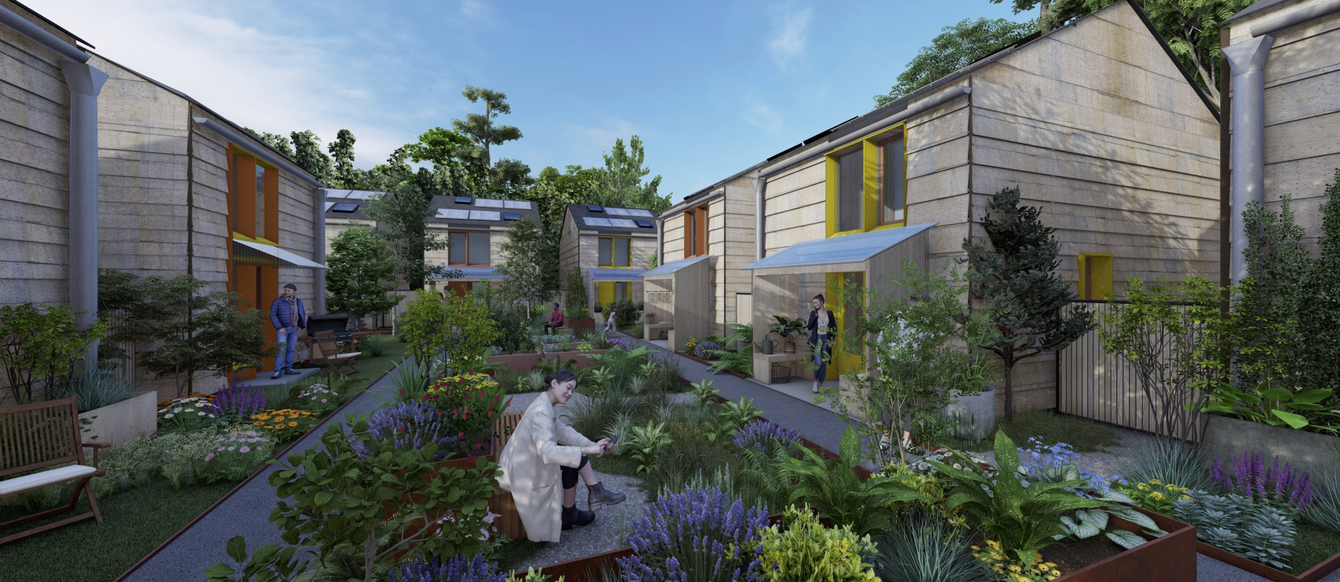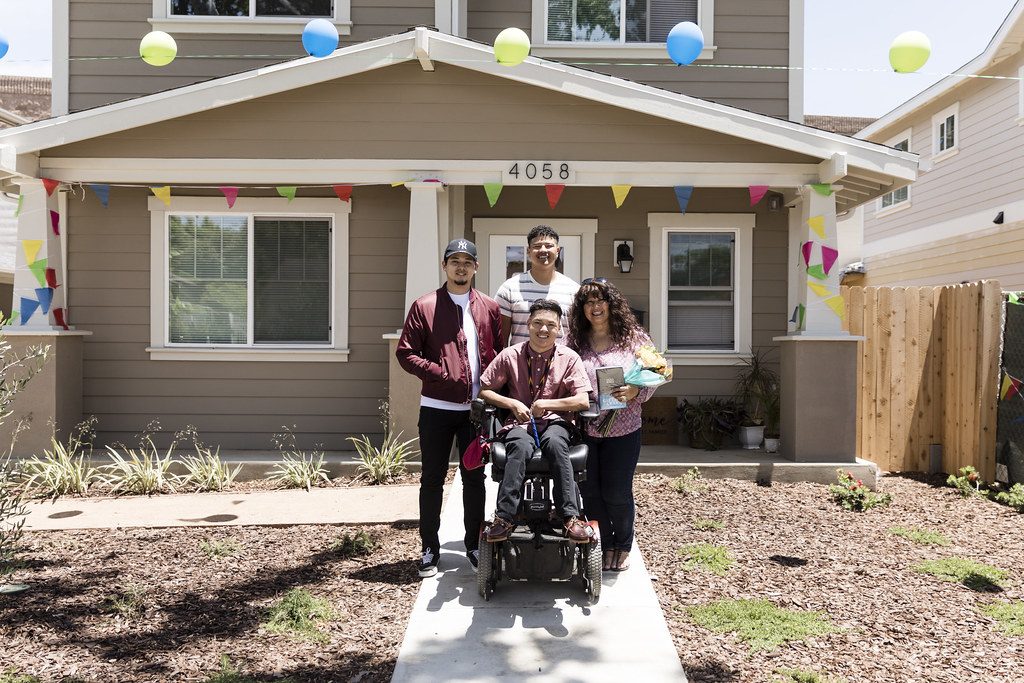Economical Homeownership Options for First-Time Homebuyers
As the real estate market remains to advance, first-time homebuyers face special challenges in securing economical homeownership options. Various sources, including entitlement program programs, low-down-payment mortgages, and targeted gives, have emerged to alleviate financial stress. These campaigns not only help with homeownership yet also foster area security and financial development. Navigating these options can be complex, and understanding which paths are most advantageous needs careful consideration. What approaches can potential home owners use to optimize their possibilities in this landscape?
Government Aid Programs
Entitlement program programs play a vital role in making homeownership possible for lots of people and families. These programs intend to ease the monetary problem connected with buying a home, especially for new customers. By using financial aid, gives, and tax obligation rewards, federal government efforts aid bridge the gap in between climbing real estate expenses and the purchasing power of possible house owners.
Numerous programs are available at the government, state, and local degrees. The Federal Real Estate Administration (FHA) offers insurance coverage on fundings, enabling lending institutions to supply much more positive terms, such as reduced down repayments and reduced rate of interest rates. Additionally, state and city governments typically have their own efforts, which may include deposit help programs, property buyer education and learning programs, and beneficial home loan terms.
These programs are made to deal with the distinct difficulties dealt with by low- to moderate-income households, including minimal financial savings and credit report. By cultivating an atmosphere where homeownership is a lot more easily accessible, federal government aid programs not just sustain specific ambitions however also contribute to neighborhood stability and financial development. Comprehending and utilizing these sources can considerably enhance the leads of successful homeownership.
Low-Down-Payment Home Mortgages
For lots of aspiring home owners, low-down-payment home mortgages present a practical pathway to homeownership, especially in today's difficult real estate market. These mortgage options generally call for deposits varying from 3% to 5%, making it less complicated for novice buyers to get in the marketplace without the concern of saving for a substantial down settlement.
Numerous lending institutions use low-down-payment programs, including traditional finances backed by Fannie Mae and Freddie Mac, in addition to government-backed choices like FHA finances. These mortgages are designed to suit people with limited savings while still offering affordable rates of interest. Significantly, they allow customers to maintain even more cash for other essential expenses, such as relocating prices, home evaluations, and prospective improvements.
However, potential house owners need to bear in mind the trade-offs connected with low-down-payment home loans. A smaller sized deposit may cause greater regular monthly settlements and the requirement of private home mortgage insurance coverage (PMI), which shields loan providers in case of default. Therefore, it is important for new customers to perform thorough study and talk to home mortgage experts, guaranteeing they pick a low-down-payment option that lines up with their lasting economic goals. Affordable Homeownership.
First-Time Property Buyer Grants
Several newbie property buyers discover that grants can considerably alleviate the monetary burden of buying a home, enhancing low-down-payment home mortgage alternatives. These grants, typically given by state and local governments or non-profit companies, offer economic help that does not need settlement, making them an appealing alternative for those entering the housing market.
Qualification for novice buyer grants typically relies on income, creditworthiness, and the purchase rate of the home. Numerous programs are made to help reduced- to moderate-income family members, guaranteeing that assistance gets to those who need it most. The application process often includes documentation of financial condition, property buyer education and learning courses, and often even a dedication to remain in the home for a specific duration.
The quantity of aid differs extensively, with explanation some grants offering a number of thousand dollars to assist cover closing costs or down payments. Looking into readily available gives in your location is necessary, as programs often change and may have details requirements. By leveraging these economic sources, new homebuyers can make homeownership much more easily accessible, eventually accomplishing their dream of owning a home while alleviating the initial economic pressure.
Cutting-edge Neighborhood Campaigns
Innovative community campaigns are playing a critical role in increasing budget friendly homeownership options for homeowners. These initiatives commonly involve joint efforts between city governments, non-profit companies, and economic sector stakeholders to produce sustainable housing remedies customized to neighborhood demands.
One noteworthy approach is the facility of area land depends on (CLTs), which enable citizens to buy homes while the land remains Read More Here had by the depend on. This model aids maintain affordability gradually and protects against speculative rate increases. Additionally, CLTs often give educational resources and assistance services to equip novice homebuyers.
Another effective campaign is the growth of mixed-income housing tasks, which mix inexpensive devices with market-rate homes. This method promotes inclusive areas and lowers the preconception usually associated with low-income housing. Regional governments are increasingly supporting zoning reforms to help with the construction of accessory dwelling units (ADUs), which can supply added rental revenue for house owners while raising real estate accessibility.

Tips for Budgeting and Saving

Next, develop a committed savings account especially for your future home browse around here purchase. Purpose to save a percentage of your earnings constantly, preferably 20% or more, to build a substantial deposit. Use automation devices, such as straight down payment or automated transfers, to make conserving less complicated and extra regular.
Additionally, take into consideration adopting the 50/30/20 guideline: assign 50% of your revenue to requirements, 30% to desires, and 20% to cost savings and financial obligation payment - Affordable Homeownership. This method promotes well balanced monetary health

Final Thought
In summary, inexpensive homeownership choices for first-time homebuyers include various resources such as government aid programs, low-down-payment mortgages, and gives. By leveraging these monetary devices, people can browse the complexities of homeownership, inevitably contributing to an extra equitable real estate landscape.
As the housing market proceeds to progress, novice buyers encounter special challenges in protecting affordable homeownership alternatives. By cultivating an environment where homeownership is extra obtainable, federal government help programs not only sustain individual ambitions however additionally contribute to neighborhood security and economic growth. By leveraging these economic sources, new buyers can make homeownership much more available, inevitably attaining their dream of having a home while reducing the first economic strain.
In recap, budget friendly homeownership choices for novice buyers incorporate different sources such as federal government support programs, low-down-payment home loans, and grants. By leveraging these economic tools, individuals can navigate the intricacies of homeownership, ultimately adding to a more equitable housing landscape.
Comments on “Practical Tips for Navigating Affordable Homeownership in Today’s Market”